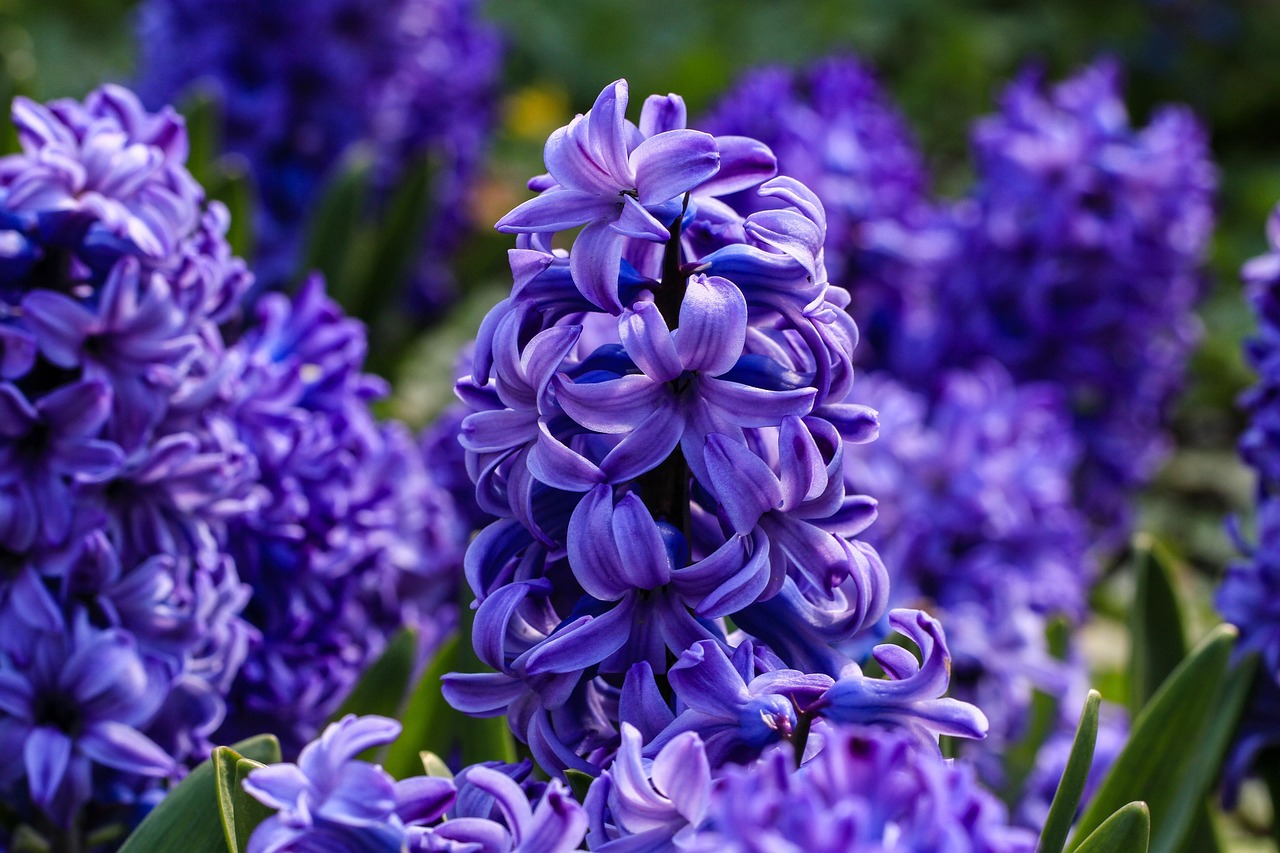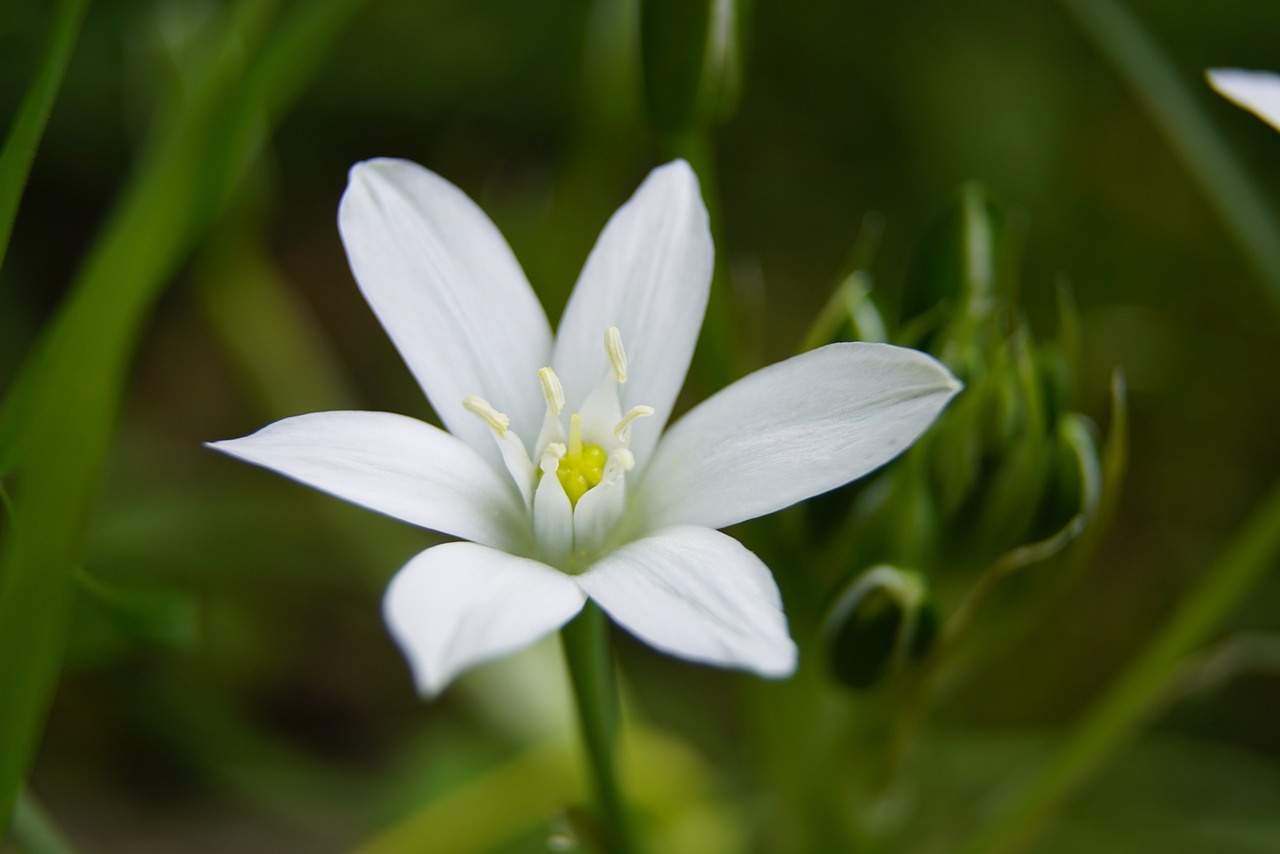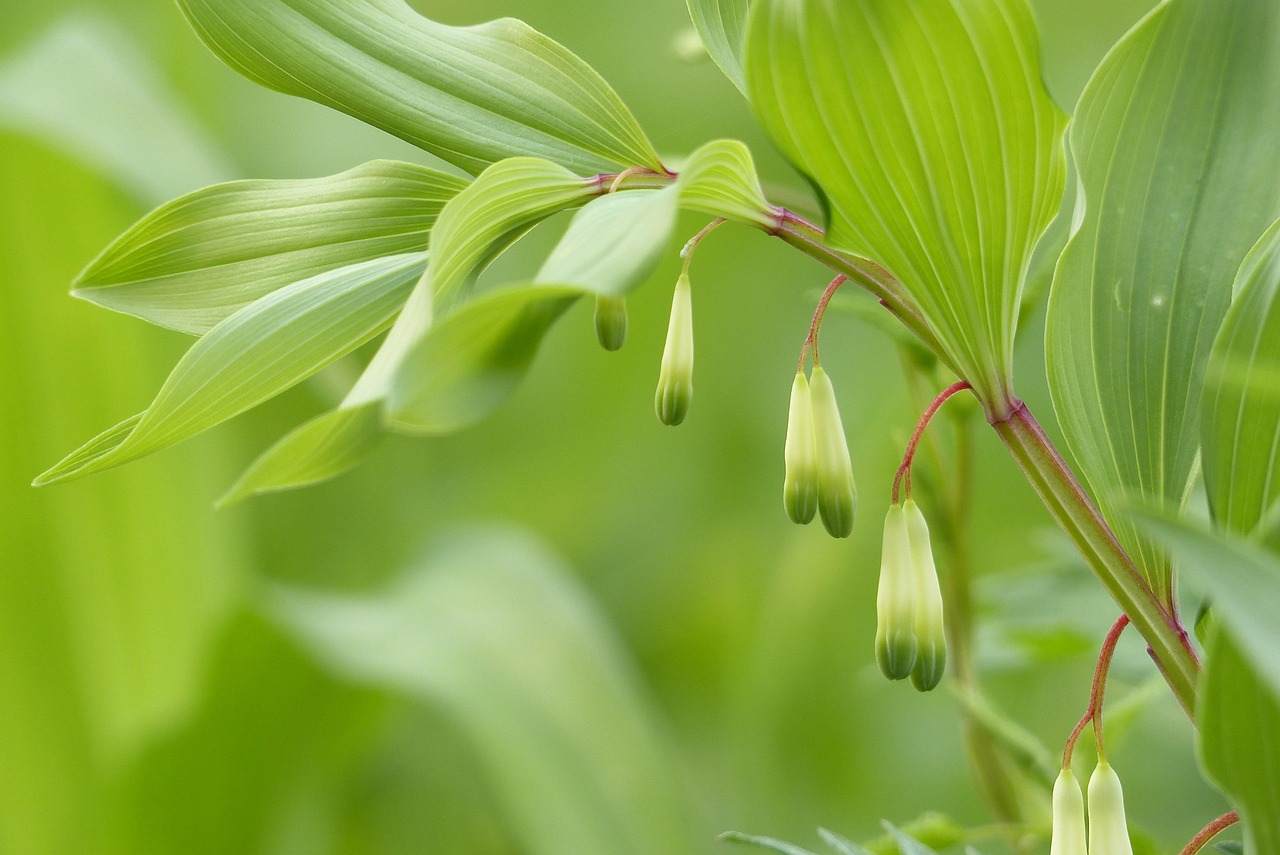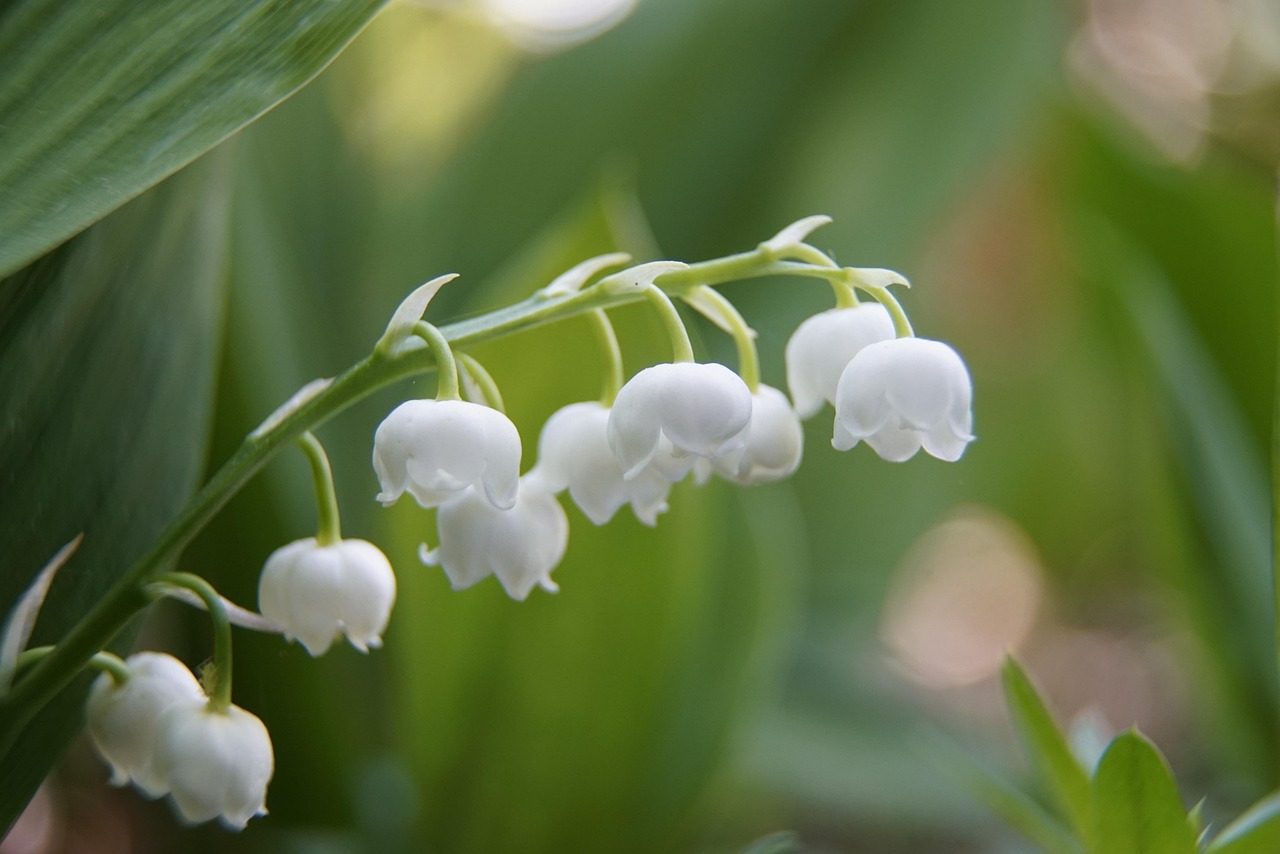Camassia | The Blue Flower Rooted in Indigenous Culture of North America
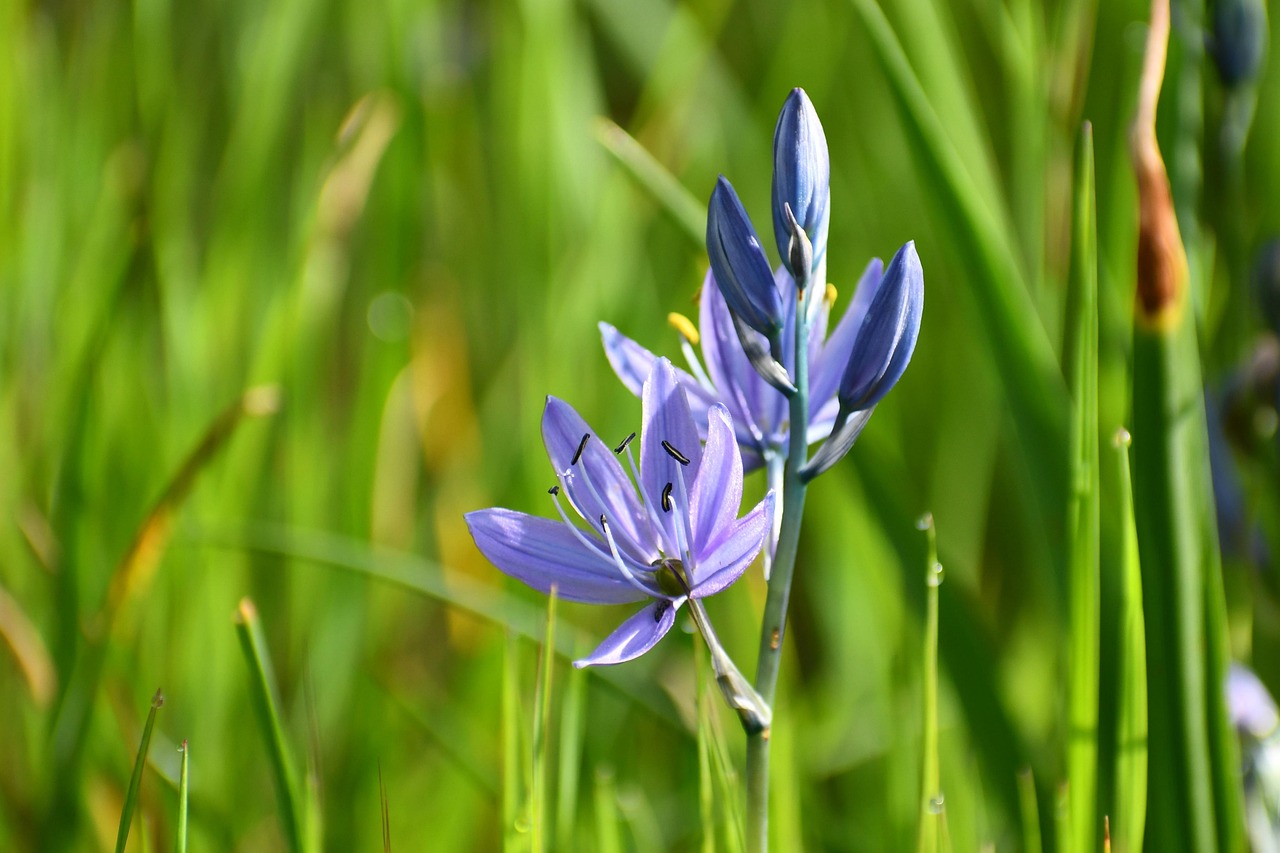
Camassia is a perennial plant that produces beautiful blue-violet or white flowers arranged in spikes. It is well-suited for natural gardens and prairie-style landscapes.
Native to North America, it blooms from spring to early summer, creating spectacular scenery when planted in large groups.
In this article, I will provide detailed information about Camassia, including its basic characteristics, cultural and historical background, and tips for cultivation.
Basic Information
- Scientific name: Camassia spp.
- Family: Asparagaceae
- Origin: North America
- Appearance: At the tips of its long flower stems, star-shaped flowers bloom in spikes. Blue-violet is the most common color, though white-flowered varieties also exist. Its leaves are long and narrow, resembling grass.
- Flowering season: Spring to early summer (April–June)
Cultural Significance Worldwide
Camassia was one of the most important plants for the Indigenous peoples of North America. Beyond its striking beauty, it symbolized the blessings of the earth due to its strong ability to reproduce.
In the Pacific Northwest, fields of blooming Camassia are a seasonal tradition, eagerly anticipated by many each spring.
In the vast prairies of Oregon and Idaho, blue-violet carpets of Camassia appear every spring, making it a beloved symbol of the region’s natural landscape.
Camassia has also become popular in European garden culture, particularly in the United Kingdom. Since the 19th century, it has been incorporated into garden design and admired as a plant that creates a natural, wild atmosphere.
Historical Episodes
Camassia grew abundantly across prairies and forests, serving as an essential plant for Indigenous peoples of North America.
It is mentioned in the records of the Lewis and Clark Expedition (1804–1806), which noted passing through Camassia fields with guidance from Indigenous communities during their westward journey. The plant offered valuable insights into the natural environment of the land they were exploring.
In the 19th century, European horticulturists collected Camassia in North America and introduced it to the United Kingdom and France. Thanks to its beauty and resilience, Camassia established itself as a valued ornamental plant in English country gardens and French natural-style landscapes.
Gardening Advice

Camassia is relatively easy to grow and an excellent choice for creating a natural-looking garden.
Sunlight
Thrives in full sun to partial shade. Morning sunlight or bright, filtered light is preferable to harsh midday sun.
Watering
Keep the soil from drying out completely. Provide moderate water during the growing season but avoid overwatering.
Soil
Prefers well-drained soil with good moisture retention. A sandy soil mixed with compost or leaf mold is ideal.
Fertilizer
Apply a slow-release fertilizer in spring to encourage healthy blooms. Avoid excessive feeding.
Cold resistance
Hardy and suitable for planting in cold regions. The above-ground parts die back in winter, but new shoots emerge in spring.
Conclusion
Camassia is a perennial plant native to North America, known for its striking star-shaped flowers arranged in spikes.
In the Pacific Northwest, it is regarded as a symbol of spring landscapes, while in Europe it has been admired as a garden plant since the 19th century.
Its historical significance is highlighted by references in the records of the Lewis and Clark Expedition.
With proper sunlight and well-drained soil, Camassia will thrive and bring natural elegance to the garden. I encourage you to welcome it as a charming accent in your natural garden.


